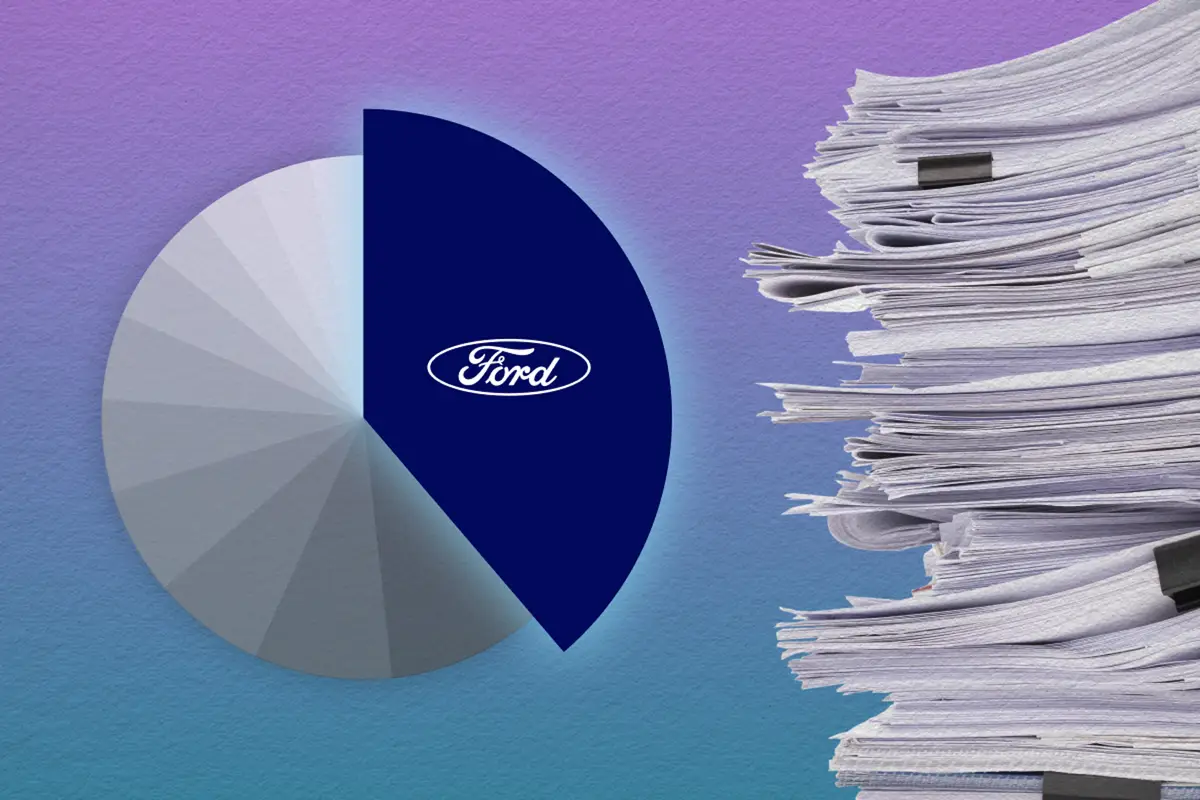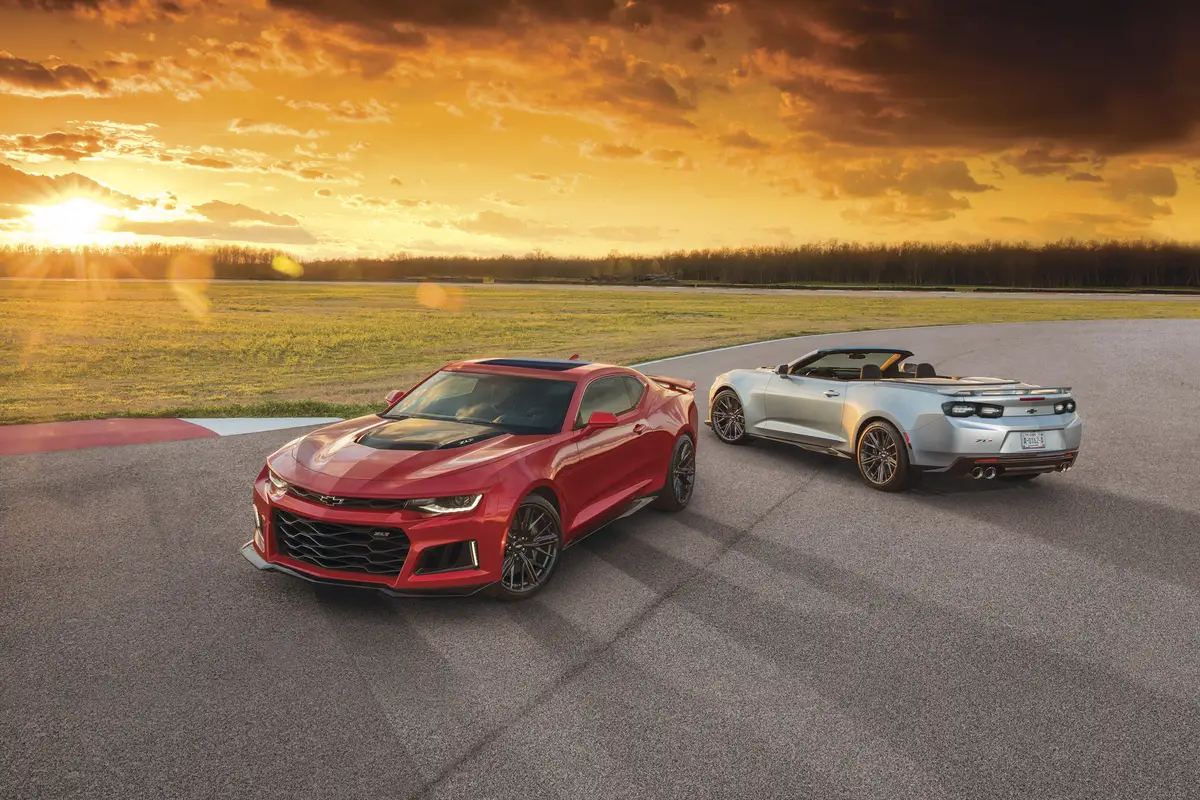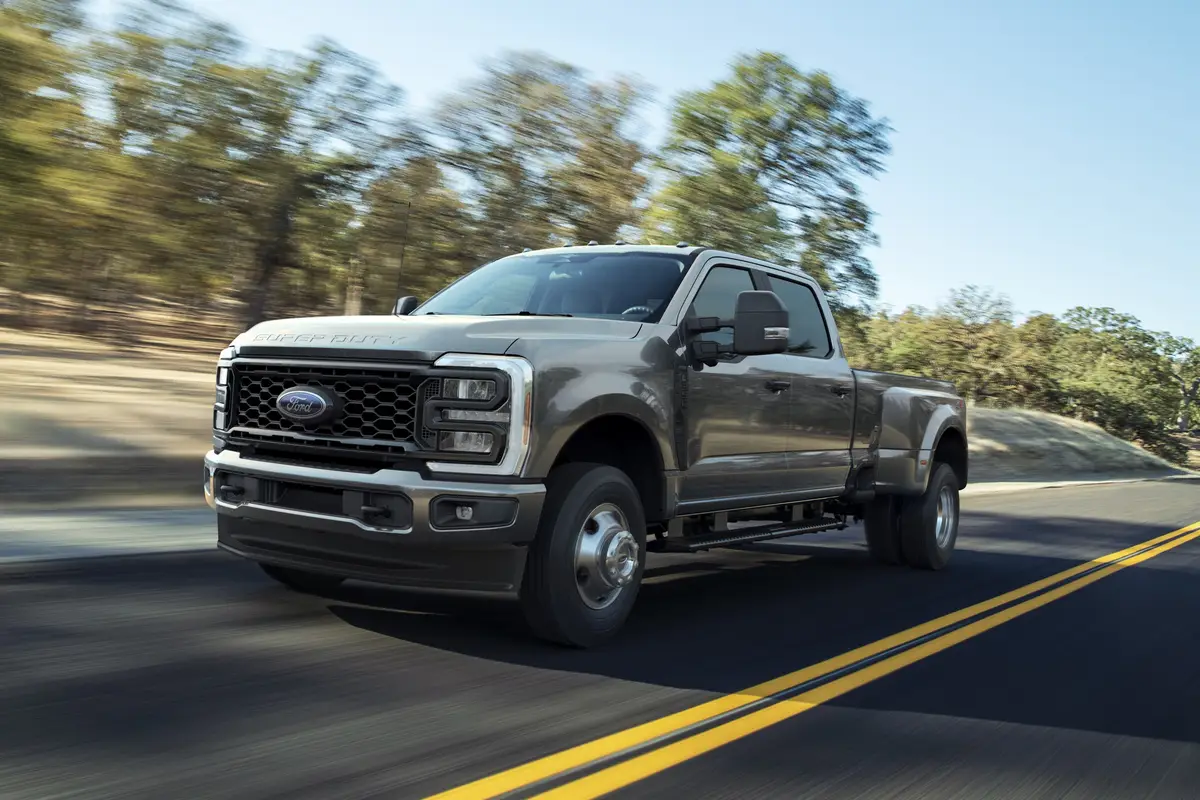chicagotribune.com's view
Hyundai has one simple request: Please erase the Excel from your memory.
Not hard to do, some would say. The Hyundai Excel, you may recall, was the $6,000 South Korean import that arrived on these shores to rival the $4,000 Yugo.
In 1986, its first year on the market, the Excel sold 168,263 copies and by 1988 it sold 264,282. Gangbuster sales. Low price, high mileage, what more could a person ask for? And, unlike the Yugo, it ran.
But after persuading so many to buy a copy, word got out that the Excel ran-but not very well and not for very long. New or used, the cars became suspect. When a customer would pull into a dealership to trade one in, Hyundai dealers would hide. Rival dealers were more blunt: They wouldn’t accept the car.
Last year, Excel sales plunged to 52,000 units. Time to get rid of the name, and the car it rode in on.
One of the best ways to forgive and forget is to first forget, so for the 1995 model year, Hyundai replaced Excel with the Accent, billed as “an all new car.” Hyundai hopes consumers then will forgive it for Excel and move on to the Accent.
We test drove the 1995 four-door Accent sedan, a rather pleasant machine. Excel was misery; Accent has some merit. Accent joins the aerodynamic crowd and becomes a conformist with rounded body lines very similar to those of the Dodge/Plymouth Neon. At quick glance, the slanted “H” Hyundai logo appears to be the same “H” as on the Honda, and some might confuse Accent with the Honda Civic as well. Must be pure coincidence, that slanted H.
Inside, Hyundai says the interior is an example of cocooning, or making living space convenient. As Hyundai describes Accent, “Reaching into the back seat for a file is not an Olympic feat, turning all of the air conditioning vents toward the driver doesn’t require any unnatural flexibility and giving a child a bottle in the carseat doesn’t prove to be impossible.”
Though we never had occasion to stick a baby bottle in a kid’s face while testing the car, even with the subcompact dimensions, Accent feels roomier than its Excel predecessor. Leg, head and arm room benefit from the rounded body lines that force an outward bow in the doors and raise the roof line. Even rear seat room is tolerable. And the trunk is spacious. Too bad the rear seat doesn’t fold to increase cargo capacity.
Though the design team did an admirable job with Accent’s exterior sheet metal, whoever was in charge of the interior should be flogged. The seat-cover design appears as if someone got sick all over the cloth. Blotchy should describe spills, not seat covers. The design is feeble. The exterior doesn’t look cheap, but the interior sure does. A cocoon would look better.
Dual air bags are the price of admission in the market, and Accent offers a pair of protective cushions. A long-awaited but positive move.
Anti-lock brakes have become a necessity, as well, even if too many drivers don’t know-or understand-how they work. Accent offers ABS, but not on the base model and only as an option on its upper-level models as part of a package that costs $2,570 and includes air conditioning, power steering and sunroof.
Dealers have urged Hyundai to make ABS a free-standing option without additional extra-cost hardware. Hyundai is considering such a move, perhaps making it a $650 option. We hope they’ll consider making it standard, but they’ll probably keep it an option to keep the sticker price down.
Accent is powered by a 1.5-liter, 92-horsepower, 4-cylinder that was more lively than we expected. Our test vehicle came with a short-throw 5-speed manual that got all the power there was to offer from the 4-cylinder.
Though surprisingly spirited off the line, you’ll never need a radar detector in an Accent. The powertrain is designed to offer optimum mileage with acceptable performance, meaning there will be times when you glance into the passingl ne and let those approaching slip by before venturing into that territory.
The 29-mile-per-gallon city/38 m.p.g. highway rating is sure to attract mileage-conscious buyers, though it probably would attract more if fuel routinely cost $1.50 a gallon or more.
The 1.5-liter was relatively quiet. About the only problem with the powertrain is that the 5-speed became ornery when it was time to shift into reverse. The lever just didn’t want to slip into that gear without a fight.
Ride and handling is strictly economy car. Lean and sway in corners, bounce on the straightaways. Accent comes with 13-inch all-season radials-toy tires too small to exhibit much in the way of road manners.
Base price of the front-wheel-drive Accent sedan we tested is $8,979.
In addition to air bags, standard equipment includes carpeting, clock, cupholder, side window defoggers, rear window defroster, rear door child safety locks, inside fuel door and hood release, dual power outside mirrors, body-colored bumpers and bodyside moldings and intermittent wipers.
Accent is a four-door commuter, a high-mileage economy car for youth or those on limited budgets. No pretenses made. None given. This is basic transportation.
A new car, a new name, but is Accent any better than the old Excel? This is one of those “only time will tell” machines in determining whether Accent’s reliability, dependability and longevity will be better than that of Excel.
Hyundai is redoing its entire lineup-Sonata and Accent for 1995, Elantra for 1996, a new sports coupe based on the HCDII concept car for 1997. The Scoupe coupe, though a great name, was dropped for 1995.
Latest news



